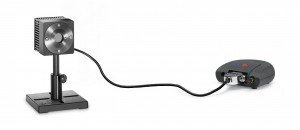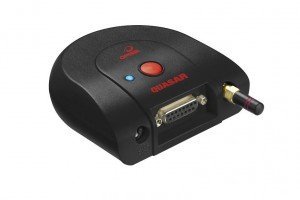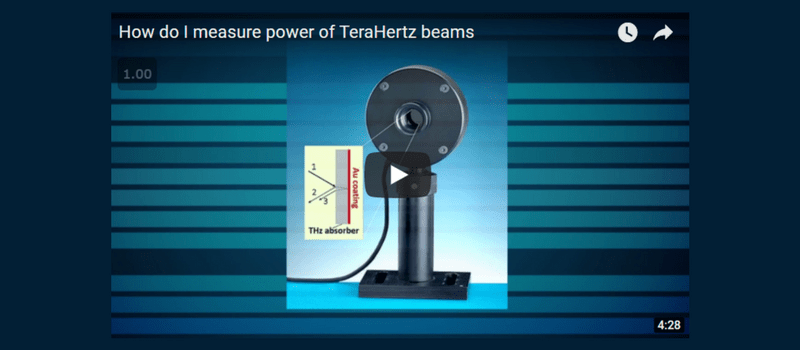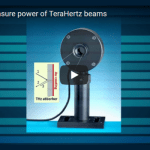Most laser measurement setups do not require a wireless interface. The power meter is simply connected to the sensor by a cable. However, for certain applications a wireless interface is really useful.
For example, one of Ophir’s clients who manufacture medical implants uses eight pulsed lasers to perform cutouts on the implants. The production floor is controlled from a central location through a server connected to the lasers. He was interested to measure each laser pulse and store the data for analysis. Measuring the laser pulses and analyzing the data periodically would increase production efficiency, as a defective laser or a laser which is about to go out of tolerance can be detected ahead of time and preventive maintenance may be scheduled before raw material is scrapped or manufacturing has to be disrupted.
 The manufacturer requested to make a quick and neat installation with no additional cables to be laid out in the production floor due to clean room considerations. The laser measurement system was setup as follows: Each laser fires its pulses through a beam splitter, which splits off a fraction of the pulse energy onto a pyroelectric sensor, resulting in an “online” measurement system. Each pyroelectric sensor is connected to an Ophir Quasar Bluetooth wireless interface which transmits the measurement data in real time to the server, storing the data into an SQL database. The server collects data from all eight lasers through eight Quasar interfaces, one for each laser.
The manufacturer requested to make a quick and neat installation with no additional cables to be laid out in the production floor due to clean room considerations. The laser measurement system was setup as follows: Each laser fires its pulses through a beam splitter, which splits off a fraction of the pulse energy onto a pyroelectric sensor, resulting in an “online” measurement system. Each pyroelectric sensor is connected to an Ophir Quasar Bluetooth wireless interface which transmits the measurement data in real time to the server, storing the data into an SQL database. The server collects data from all eight lasers through eight Quasar interfaces, one for each laser.
 The above example demonstrates how the Quasar helps to quickly setup a laser measurement system for multiple lasers with no need for cable installation.
The above example demonstrates how the Quasar helps to quickly setup a laser measurement system for multiple lasers with no need for cable installation.
Another application where the Quasar is useful is for applications where the controller is isolated from the laser. This could be, for example, where the laser operates in a sealed environment such as a glove box where it is difficult to pass cables from the outside. Another example is the case of powerful lasers, where the operator has to stand behind laser safety barriers and laying cables under or around the barriers is difficult or inconvenient.
You might also like to read: The Microscopic Structure of Air/Water Interface with Wireless Laser Connection










Leave a Reply
Your email address will not be published. Required fields are marked *